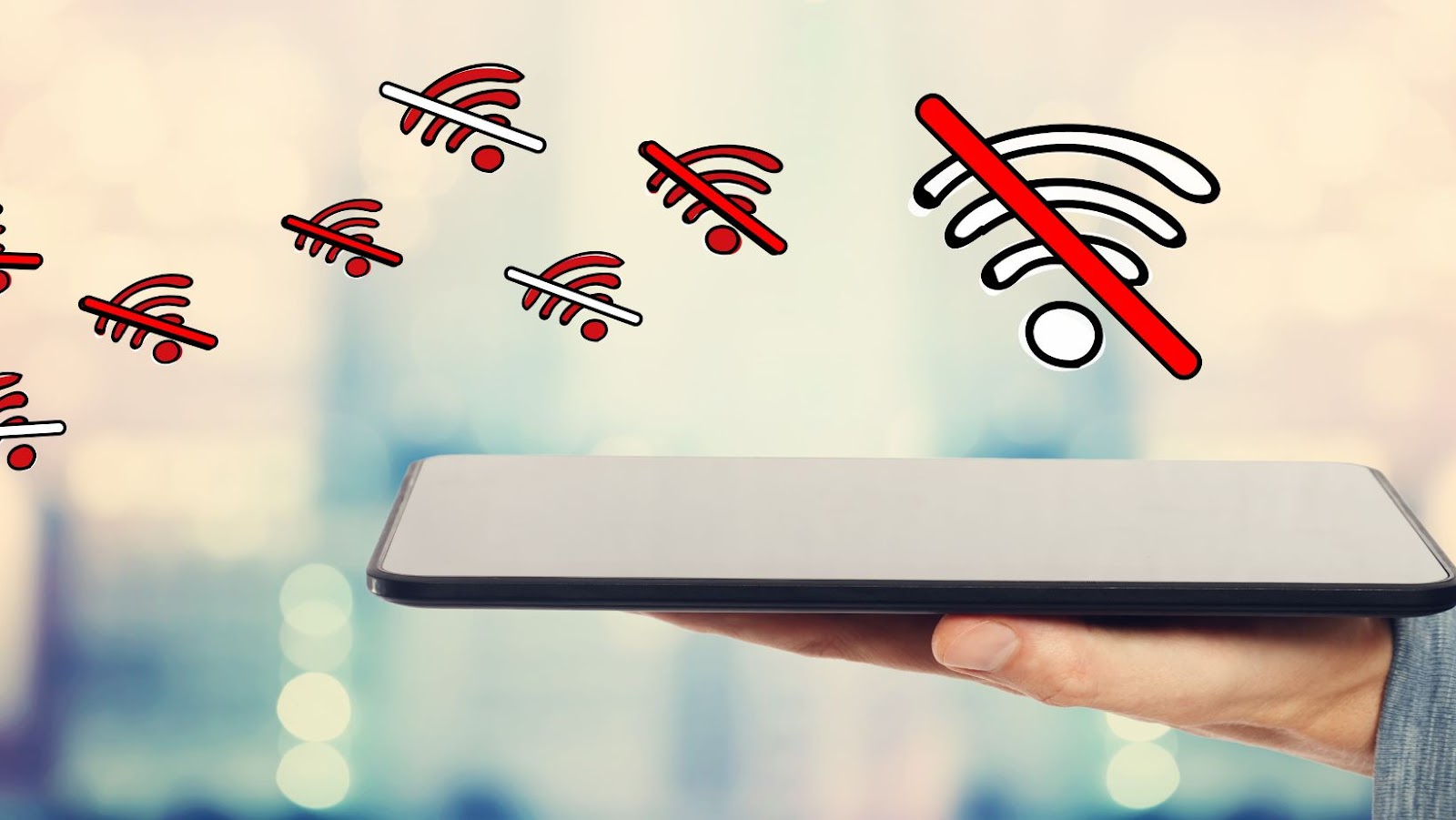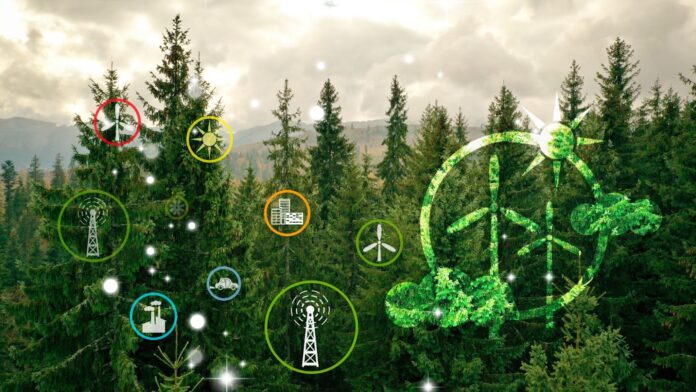Why is Verizon Service So Bad Lately 2022
Lately, I’ve noticed a shift in the quality of service from Verizon. It seems like I’m not alone either. Many reports are surfacing across the internet asking, “why is Verizon service so bad lately 2022?” To be fair, it’s important to remember that no network is perfect and fluctuations in service can happen with any provider. But these recent issues seem to have become more frequent and widespread than usual.
Over the past few months, there’s been an uptick in complaints about poor signal strength, dropped calls, slower data speeds – all leading to frustration among loyal customers. Given that we’re living in 2022 where reliable connectivity is paramount to our daily lives (working from home has become the norm for many), this downward trend in reliability raises some serious concerns.
So what could be triggering this decline? There could be several factors at play here; everything from network congestion due to increased traffic or perhaps infrastructure updates that haven’t gone as smoothly as planned. While it’s hard to pinpoint without specific insider knowledge, one thing remains clear: numerous Verizon users have been experiencing subpar service lately, and they’re not happy about it.

Analyzing Verizon’s Recent Service Issues
Lately, I’ve noticed a recurring question popping up online – why is Verizon service so bad lately in 2022? The answer isn’t straightforward. To understand the reasons behind Verizon’s recent performance issues, we need to delve into a few critical factors.
First off, it’s important to highlight that network congestion can play a significant role in this issue. With more people working and studying from home due to ongoing pandemic circumstances, the demand for stable internet and cellular services has skyrocketed. Even though Verizon possesses one of the largest networks in the US, handling this kind of surge can be challenging.
Moreover, there have been instances of infrastructure problems affecting service quality. For instance:
- Outdated equipment
- Weather-related damages
- Disruptions due to construction or maintenance
Another aspect worth considering is customer support. A lot of users have expressed frustration over delayed responses and an apparent lack of resolution for their issues.
Lastly, let’s not forget about the transition to 5G technology. This revolutionary shift promises faster speeds and lower latency but it’s not without challenges:
- Coverage gaps as new towers are built
- Potential interference with other signals
- Devices needing updates or replacements
To sum up these points: network congestion caused by increased demand; infrastructure problems; less-than-stellar customer service; and hiccups during the transition to 5G technology could all contribute individually or collectively to why Verizon service hasn’t been at its best lately in 2022.
The Impact of Network Congestion on Verizon
It’s no secret that many people have been asking, “why is Verizon service so bad lately 2022?” As an expert blogger, I’ve done some digging and found one significant factor – network congestion.
When too many devices attempt to use a network at the same time, it can lead to network congestion. It’s like a traffic jam on your city’s busiest highway during rush hour but in this case, it’s data packets clogging up Verizon’s bandwidth.
Verizon has always boasted about its robust and reliable networks. However, with millions of users streaming videos, browsing social media sites, and downloading large files all at once, even their substantial infrastructure can feel the strain.
Here are some key points to keep in mind:
- Network congestion typically happens during peak usage hours
- It results in slow data speeds and dropped calls
- In worse cases, users may be unable to connect to the internet or make calls
Network congestion is a reality for all telecom companies not just Verizon. However, recent trends suggest that users are experiencing more disruptions with Verizon than usual in 2022.
In my research into why Verizon service has been so bad lately in 2022, network congestion continually came up as a top concern among users. So if you’re finding your service slow or unreliable during certain times of day – especially during peak hours – there’s a good chance that you’re caught up in the digital equivalent of rush-hour traffic.


